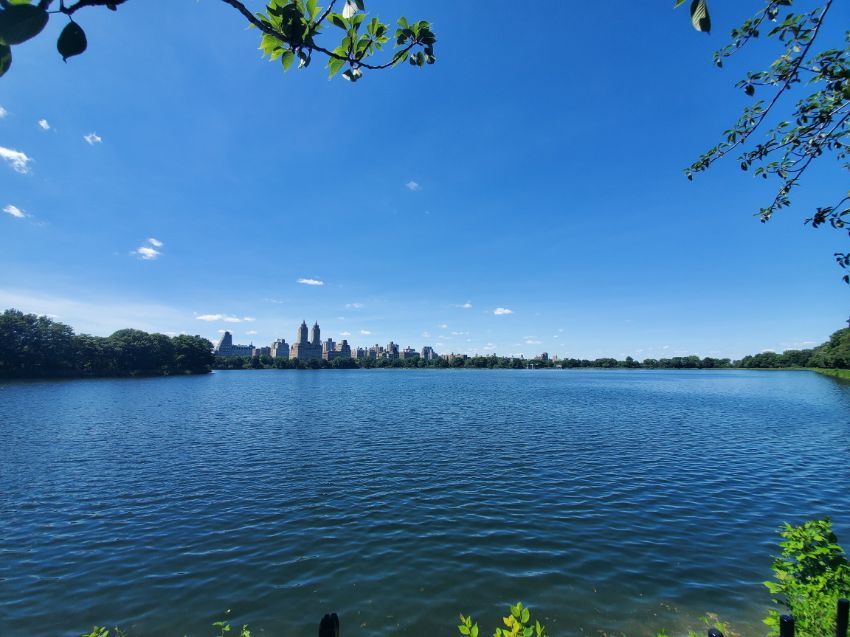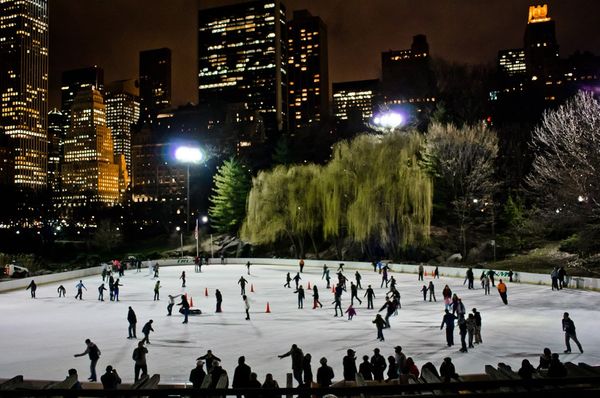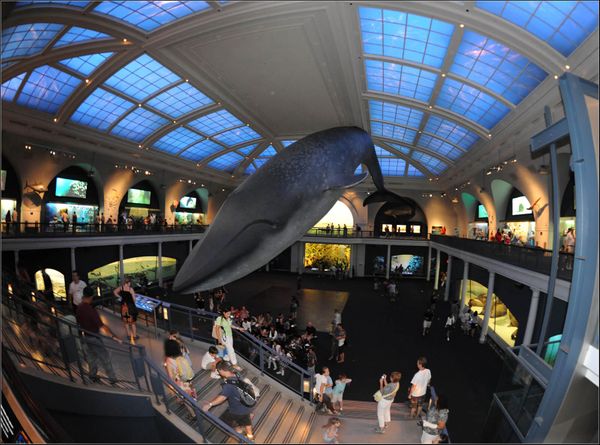What Central Park Could Have Been – Alternatives to the Plan of the Park
From the Reservoir to the Sheep’s Meadow, it’s difficult to imagine how such an iconic part of New York City could be different than what it is. The iconic plan of the 750 acres between 59th and 110th in Manhattan, dating back to a competition held in 1857, is the deal of Fredrick Law Olmsted and Calvert Vaux.
Originally the competition had just over 30 submissions (33, to be precise). Only 5 of them still exist within the safekeeping of the New York Historical Society. Many of them proposed radically different approaches to the landscape and architecture of the Park. Some argued that the park should be a formal ornamental space with displays of progress – palaces, fountains, museums – in a very European style, aiming to elevate New York City to the standards of the Old Continent.

What’s this Greensward Plan all about?
The 33rd entry to the competition was also it’s first-place prize winner. The designers, the aforementioned Olmsted and Vaux, imagined a naturalistic space which appeared untouched (even more so nowadays!) by the urban environment it’s surrounded by and the copious amount of time they spent planning it.
The Greensward plan is said to have won because two main reasons. First off, it made expert use of the city’s grid system. Second, the plan possessed a lot of potential when it came to creating the ideal romanticized park – an approachable natural wonder in which the urban jungle’s inhabitants could seek respite.
What were the options?
Earlier in the article I mentioned that only 5 of the plans are still being kept. The best-preserved of them is one by a park engineer called John J. Rink.
Rink’s design was inspired by French landscape architecture and would feature tree-lined walkways and gardens. Where Olmsted and Vaux’ plan features several wide, open spaces, this alternative would have been packed with designs such as a 36-acre parade ground, an artillery park with a shooting gallery, and a two-wing museum. Albeit largely unrealistic, the site of his suggested museum would later become home to the Metropolitan Museum of Art just a decade later.
Highly ornamented and expensive (costing an estimated $1.7 million), it was dropped in favor of the Olmsted-Vaux plan. Besides, could you imagine finding your way through Rink’s labyrinths instead of lounging on the Great Lawn?

A different location, perhaps?
Developers had briefly considered different possible locations. One of them was Jones’ Wood, 150 acres of woodland on the Upper East Side. This is where Samuel Gustin stepped in. The second-place winner and also a respected horticulturist advised against it. Rather than taking up space and thinning the mature woodland that stretched from Third Avenue to the East River, he opted for a somewhat barren “central” site.
Gustin later on became the superintendent of planting, despite coming up second.



